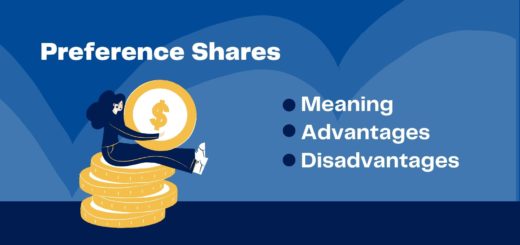What is Law of Demand? | Free Economic Blogs
Table of Contents
What is Law of Demand?
Meaning of Demand
In ordinary language, demand means a desire. Desire means an urge to have something.
In Economics, demand means a desire which is backed by a willingness and ability to pay.
For example, if a person has the desire to purchase a television set but does not have adequate purchasing power then it will be simply a desire and not a demand.
Thus, demand is an effective desire. All desires are not demand.
In short,
Demand = Desire + Willingness to Purchase + Ability to Pay.
- Microeconomic Definition | Historical Review of Microeconomics
- Scope Or Nature of Microeconomics
- Features of Microeconomics
- Importance of Microeconomics

Definition of Demand
According to Benham, “the demand for anything at a given price is the amount of it, which will be bought per unit of time at that price.”
Thus, the following are the features of demand :
1) Demand is a relative concept.
2) Demand is essentially expressed with reference to time and price.
What is Law of Demand?
Introduction
Prof. Alfred Marshall introduced the law of demand in his book, ‘Principles of Economics, which was published in 1890. The law explains the functional relationship between price and quantity demanded.
Statement of the Law
According to Prof. Alfred Marshall, “Other things being equal, higher the price of a commodity, smaller is the quantity demanded and lower the price of a commodity, larger is the quantity demanded.”
In other words, other factors remaining constant, if the price of a commodity rises, demand for it falls and when the price of a commodity falls demand for the commodity rises. Thus, there is an inverse relationship
between price and quantity demanded.
Symbolically, the functional relationship between demand and price is expressed as:
Dx = f (Px)
Where,
D = Demand for a commodity
x = Commodity
f = Function
Px = Price of a commodity
Demand Schedule
| Price of commodity ‘x’ ( Rs ) | Quantity demanded of commodity ‘x’ (in kgs) |
| 20 | 2 |
| 16 | 4 |
| 12 | 6 |
| 08 | 8 |
| 04 | 10 |
As shown in the above table, when the price of commodity ‘x’ is Rs 20, quantity demanded is 2 kgs. When price falls from Rs 20 to Rs 16, quantity demanded rises from 2 kgs to 4 kgs. Similarly, at price of Rs 12, quantity demanded is 6 kgs and when price falls from Rs 8 to Rs 4, quantity demanded rises from 8 kgs to 10 kgs
Thus, as the price of a commodity falls, quantity demanded rises and when price of commodity rises, quantity demanded falls. This shows an inverse relationship between price and quantity demanded.
Demand Curve

In the above fig., X-axis represents the demand for the commodity and Y-axis represents the price of commodity ‘x’. DD is the demand curve that slopes downward from left to right due to an inverse relationship between price and quantity demanded.


